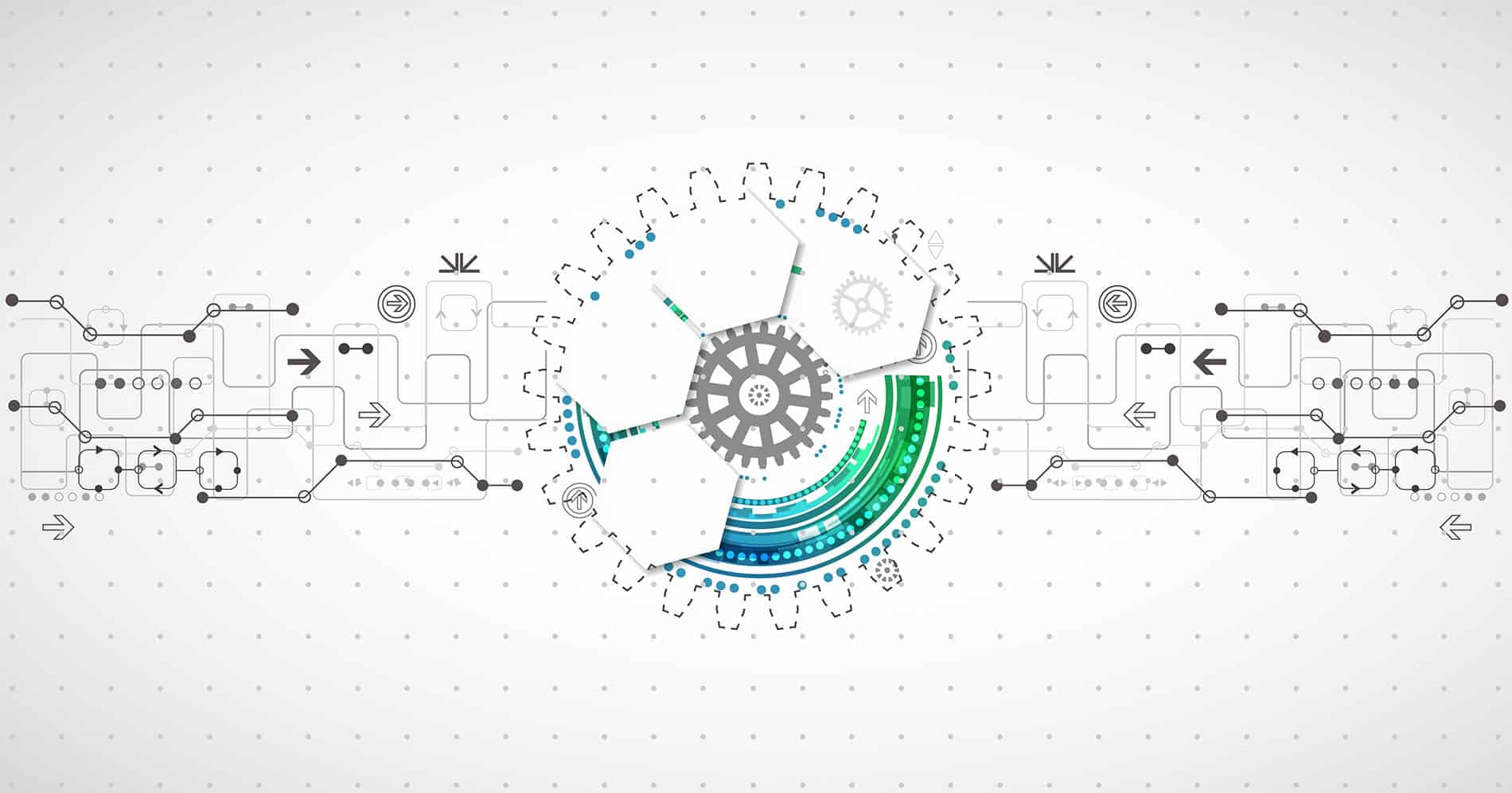Whether you’re new to IT Service Management (ITSM) or you want to level up your ITSM operation, it’s important to understand, and be able to explain, the difference between ITSM and ITIL. In the simplest terms, ITSM is the practice of managing IT operations as a service, while ITIL is a framework that can help you form the foundation of an ITSM strategy for your organization. Organizations that implement an ITIL framework are usually operating at a higher IT maturity level compared to those that don’t use ITIL. The ITIL framework is one that evolves, and anyone interested can get certified in the latest version of ITIL.
What is ITSM?
ITSM is defined as the implementation and management of quality IT services to meet the needs of a business. ITSM refers to all the activities carried out, planned, delivered, operated and controlled by an organization to provide IT services to stakeholders (employees, customers, students, faculty, etc.). Under the ITSM model, the IT department is often thought of as a service desk.
ITSM aims to bring together people, processes and technology in a way that creates value for the business. It focuses on the following goals:
- Service over systems: ITSM is all about improving customer service – not just managing hardware, networks and systems. Companies use ITSM to provide value to their customers and the departments that manage technology.
- Alignment with business objectives: ITSM improves the IT service an organization offers by aligning all the IT processes and services with the business objective. It’s a structured approach to service management that allows for the standardization of the delivery of services based on budget, resources and results.
- The end-user experience: The customer experience is a crucial differentiator for many companies, and an effective ITSM strategy is one that delivers top-notch customer service with high marks for everyone involved.
Today, organizations in healthcare, the government, technology, and other sectors use ITSM to standardize IT services and create value for end-users according to their different industry-specific IT needs. ITSM has also led to the development of several IT management frameworks that can apply to both centralized and decentralized systems, the most comprehensive and widely used being the ITIL framework.
ITSM aims to bring together people, processes and technology in a way that creates value for the business.
What is ITIL?
ITIL stands for Information Technology Infrastructure Library and refers to a specific framework for ITSM that was developed in the UK in the 1980s. ITIL prescribes a set of specific methods, practices, and processes for managing the organization’s IT operations and services. Those wanting to use ITIL can get certified – the latest iteration being ITIL 4. ITIL 4 provides the guidance organizations need to address new service management challenges and harness the potential of modern technologies in the age of cloud, agile and DevOps transformations. A vital component of the ITIL 4 framework is the use of a single, uniform and cohesive set of guidelines for the management of IT services.
ITIL as the Foundation of Solid IT Service Management
When thinking about ITSM vs ITIL, it’s important to understand the relationship between the two. ITSM describes how an organization manages its IT services, and ITIL is a framework for ITSM – a specific set of processes and guidelines for the provisioning of IT services. It’s not really a one vs. the other comparison and having strategies for both is vital to building out a mature IT offering.
The ITIL framework bases itself on the five phases of the service life cycle. The guidelines set out the necessary processes, associated challenges and best practices for each phase of the service life cycle, as well as the requirements for the implementation of each phase. These guidelines can, and should, be used to kick off internal discussions and policy creation within an organization to ensure service delivery is optimized appropriately for the end-user.
The 5 stages of ITIL are:
- Service Strategy – This is the start of the ITIL life cycle, and it sits at the center because a stable and precise service strategy is necessary for better service management. This stage determines what capabilities will need to be developed or implemented, including the definition of markets, development of assets or the necessary preparations for deployment.
- Service Design – Ideas become plans in the second ITIL life cycle stage. It is here that services and processes bear out the primary goal of providing a better service management environment.
- Service Transition – The third stage of the ITIL life cycle is where the preparation of services and strategies that will be implemented in the live environment take place. It is here that organizations test and implement new designs.
- Service Operation – Following the launch of services and processes to customers and peers, the operation stage of the life cycle begins. Service owners must be prepared and available to report any issues as they arise, and make sure that customers are satisfied with the services and process.
- Continual Service Improvement – This last stage of the ITIL framework directs organizations to search for potential improvements in all the previous steps. By looking at what is measurable versus what is not, and by processing and sorting of the data into quantifiable findings, the cycle starts all over again.
The 4 Pillars of a Great ITSM Platform
In conclusion, any organization building its ITSM strategy around the ITIL framework is setting itself up for success. Here are a few other things to consider as you mature your ITSM offerings:
- Make sure your ITSM platform is customer-centric.
- ITSM is always evolving and your platform needs to be able to evolve with it. This is especially important as it related to the adoption of ITIL best practices.
- Create and promote a self-service portal. Don’t bog your team down with repetitive requests. Create an ITSM self-service portal that allows your users to find answers to the most common issues and requests.
- Invest in integrated knowledge management. A highly indexed knowledge base with the ability to take iterative feedback for updates, along with integrated service buttons, will drive the adoption of your self-service portal.
Delivering a More Mature IT Service
When Chief Information Technology Officer Chris Gill arrived at Drake University five years ago, the university had a new president, Marty Martin, who was looking to instill a culture of continuous improvement. That aligned well with Gill’s vision for ITS. Gill wanted to bring a more mature approach to IT service management by adopting best practices from the ITIL service framework. To do this, the university needed a new, more sophisticated platform for managing ITS functions.
The new platform had to empower stakeholders to resolve their own technology issues, if possible, by giving ITS staff an easy way to create a knowledge base of articles and a self-service catalog. It had to allow end-users and technicians alike to initiate service tickets and manage workflows from a smartphone or other mobile device. It had to bring transparency to ITS operations by enabling users to see the full history of service requests. And, it had to track key metrics that ITS would use to measure the quality of its service in order to improve.
After reviewing many systems, it was clear that TeamDynamix was the best solution for the university’s needs. “The ITIL framework can get overwhelming if you’re not careful,” Gill says. “TeamDynamix was a nice balance for an institution our size. It’s very powerful, but it doesn’t require a lot of overhead to maintain. We’re very happy with it.”
Oklahoma City Improves ITIL Processes
Effectively managing the technology needs of more than 5,000 city employees, including employees that utilize technology in the field, requires the right combination of people, processes and technology. Business Systems Manager Dusty Borchardt said Oklahoma City has a top-notch IT team and well-defined processes, but the city government lacked an IT Service Management (ITSM) platform that would allow it to become a fully mature IT organization. That’s why they switched to TeamDynamix.
“We adopted the ITIL framework more than 15 years ago. We’ve had effective processes in place for a while, but we haven’t had a decent toolset to manage them until now,” Borchardt concludes.
Borchardt describes the implementation process itself as “fantastic.”
“We worked side by side with the TeamDynamix team to configure the system. The TeamDynamix consultants taught us every aspect of the platform as we progressed through the system setup,” he explains. “This helped us understand not only how to use it, but more importantly, how to think about the system strategically. It was an immediate transfer of knowledge on how the system works across all areas.” Using TeamDynamix has helped Oklahoma City’s IT support teams realize their vision for using industry best practices to improve the delivery of IT services.
Check out these customer stories to see how organizations are embracing ITSM systems to support their ITIL initiatives:
To learn more about ITIL and ITSM best practices check out the latest customer stories and eBooks from TeamDynamix, here.

